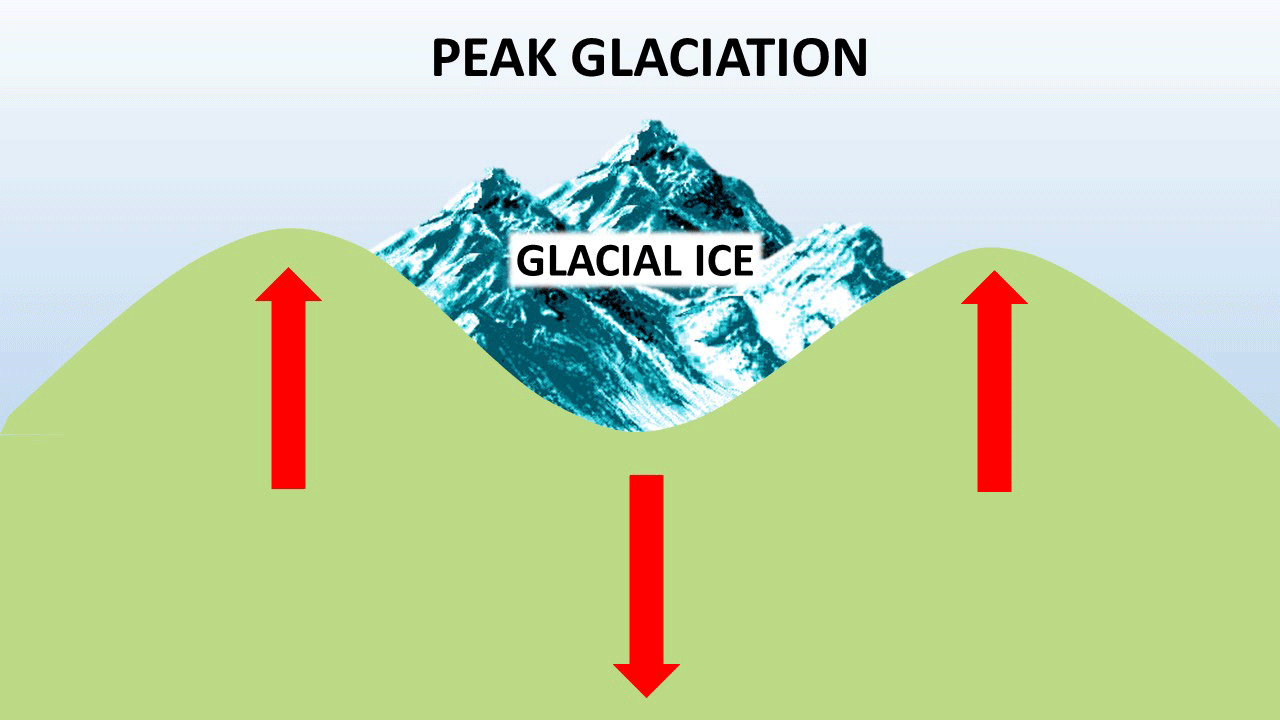Scientists' Explanation for Exploration 2
Projected Sea Level Rise
The fifth assessment report (AR5) recently published by the Intergovernmental Panel on Climate Change (IPCC) projects an increased rate of sea level rise for both the high and low Representative Concentration Pathway scenarios. According to the IPCC, “It is very likely that the rate of global mean sea level rise during the 21st century will exceed the rate observed during 1971–2010.” This is “due to increases in ocean warming and loss of mass from glaciers and ice sheets.” As a result of better climate models of the land-ice contribution to sea level rise, these projections differ from the IPCC’s previous 2007 report. The rate of rise from 2081 to 2100 is projected to be between 8 to 16 mm per year. Compare this rate with the rate of rise in the 20th century. Review your answers in Exploration 1C.
As we hear more about rising sea levels, it is important to understand that these changes will vary for different coastal regions around the planet. Sea level rise will not be the same for all coastal regions on the planet. There are several reasons that sea level rise can vary from one location to another. These include the temperature of ocean water, El Niño Southern Oscillation (ENSO) in the Pacific Ocean, global wind patterns, tectonic movement, and subsidence (or sinking) of landmasses.

